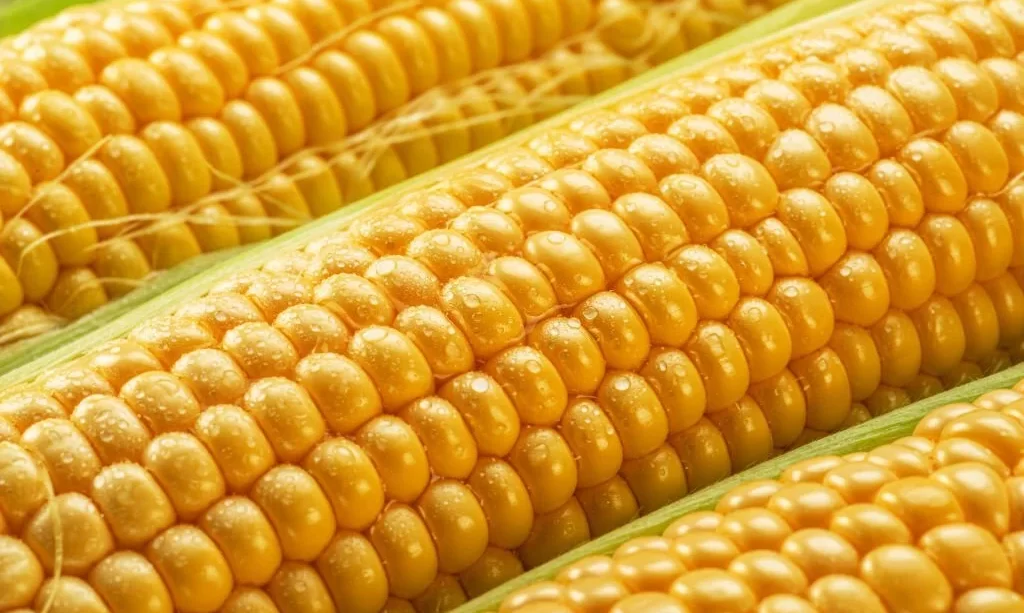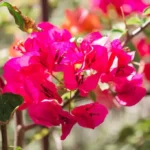Corn, also known as maize, is an agricultural giant. This cereal crop, with its versatile culinary uses and vital role in feeding people and livestock, has been a cornerstone of agriculture for millennia. Yet, as we delve into the world of botany and plant classification, a fascinating question arises: Is corn a monocot or a dicot? This seemingly straightforward inquiry sparks curiosity among plant enthusiasts and raises the importance of understanding the botanical classification of this iconic plant.
Monocots and Dicots
Before we can determine whether corn falls into the category of monocot or dicot, we must first explore the fundamental distinctions between these two major groups of angiosperms, or flowering plants.
Monocots: Monocots are characterized by several key features:
- They typically have leaves with parallel venation, where the veins run side by side.
- Monocot flowers often have parts in multiples of three, such as petals, sepals, and stamens.
- Monocot seeds contain a single cotyledon (seed leaf), which is the first leaf to emerge from the seed during germination.
Dicots: Dicots, on the other hand, exhibit different characteristics:
- Their leaves often have reticulate venation, with branching veins forming a net-like pattern.
- Dicot flowers usually have floral parts in multiples of four or five.
- Dicot seeds have two cotyledons, making them distinct from monocots.
Now that we have a foundational understanding of monocots and dicots, we can proceed to explore how corn fits into this botanical framework.
Corn’s Botanical Classification
Corn, scientifically known as Zea mays, has long been cultivated by human civilizations for its nutritional value and versatility. However, its botanical classification has been a subject of discussion and debate.
Corn’s classification hinges on several botanical criteria, including leaf venation, floral structure, and seed characteristics. Some have mistakenly categorized corn as a dicot due to its complex floral structure and growth patterns. This misconception arises from the multiple flowers and ears that corn produces, which may resemble the branching seen in dicotyledonous plants.
In the upcoming sections, we will delve deeper into the evidence supporting corn’s classification as a monocot, considering its overall botanical characteristics and the consensus among botanists regarding its true classification.
Evidence Supporting Corn as a Monocot
There is compelling evidence to support the classification of corn as a monocot. Let’s examine these botanical characteristics that align with the classification:
- Single Cotyledon: One of the most significant pieces of evidence is the presence of a single cotyledon in corn’s seeds. This aligns perfectly with the defining characteristic of monocots, as they typically have one cotyledon, whereas dicots have two. The cotyledon is the first leaf-like structure that emerges from the seed during germination and serves as the plant’s initial source of nutrients.
- Parallel Leaf Venation: Corn leaves exhibit parallel venation, where the veins run side by side, a trait commonly found in monocots. This is in contrast to dicots, which typically have reticulate venation, forming a net-like pattern.
- Floral Features: While corn’s flowering structures may appear complex due to the multiple ears and flowers it produces, they are consistent with monocot floral characteristics. Monocot flowers often have floral parts, such as petals, sepals, and stamens, in multiples of three. Corn flowers adhere to this pattern, reinforcing its classification as a monocot.
Factors Leading to Misconceptions
Despite the clear botanical evidence supporting corn as a monocot, several factors have contributed to the misconceptions surrounding its classification:
- Complex Floral Structures: Corn produces multiple flowers and ears on a single plant, which can create the illusion of branching more commonly seen in dicots. This complexity has led some to mistakenly categorize it as a dicotyledonous plant.
- Growth Patterns: Corn’s growth habits, particularly its tall stalks and branching ears, may diverge from the more compact and rosette-like growth forms seen in some succulent monocots. This difference in growth patterns has added to the confusion.
Conclusion and Key Takeaways
In conclusion, corn, scientifically known as Zea mays, is unequivocally classified as a monocot based on a range of botanical characteristics, including its single cotyledon, parallel leaf venation, and floral features consistent with typical monocots.
The misconceptions surrounding corn’s classification stem from its multifaceted floral structures and unique growth patterns, which can superficially resemble dicots. However, it is essential to consider the overall botanical characteristics and the consensus among botanists, which firmly place corn within the monocot category.
Understanding the accurate botanical classification of corn is not only of academic interest but also holds practical significance in agriculture and horticulture. This knowledge aids in crop breeding, cultivation practices, and scientific research related to this vital cereal crop.
In the world of botany, as in many scientific fields, it’s the combination of multiple characteristics and expert consensus that helps us categorize and understand the diverse and fascinating plant kingdom accurately.



